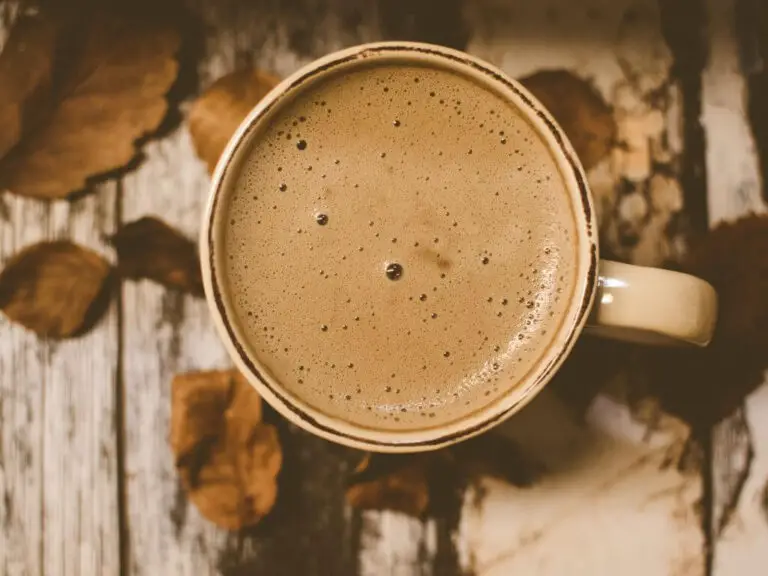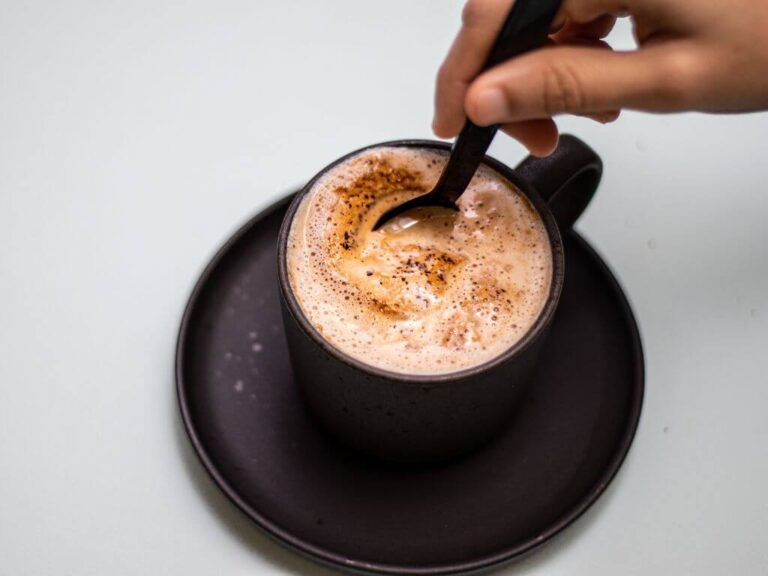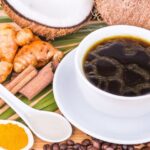What Is a Cappuccino? A Beginner’s Guide to the Perfect Coffee Balance
Have you ever wondered why cappuccinos are a staple in coffee shops worldwide? This creamy, frothy espresso drink has won hearts for its perfect balance of strong coffee and velvety milk. But what exactly is a cappuccino, and why do people love it so much?
A cappuccino is a classic Italian coffee drink made with equal parts espresso, steamed milk, and milk foam. Unlike a latte (which has more milk) or a macchiato (which is stronger), a cappuccino strikes the ideal middle ground—rich yet smooth, bold yet comforting.
In this guide, we’ll explore:
✅ The origins of the cappuccino
✅ How it’s made (the right way)
✅ Key differences from other coffee drinks
✅ Fun variations and global traditions
By the end, you’ll be a cappuccino expert—ready to order (or brew) the perfect cup. Let’s dive in!
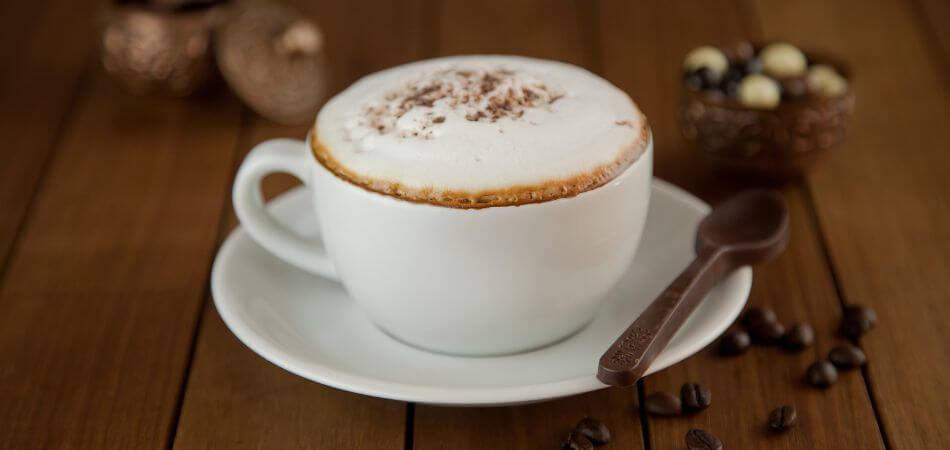
What is a Cappuccino? The Basics
A cappuccino is an espresso-based drink consisting of:
| Component | Ratio | Role in the Drink |
|---|---|---|
| Espresso | 1/3 | Provides strong, rich coffee flavor |
| Steamed Milk | 1/3 | Adds creaminess and sweetness |
| Milk Foam | 1/3 | Creates a light, airy texture |
Why This Ratio Matters
The 1:1:1 balance is what defines a true cappuccino. Too much milk? It becomes a latte. Too much foam? It’s a “dry” cappuccino. The magic lies in the harmony of all three layers.
Key Characteristics
✔ Strong espresso taste (but not overpowering)
✔ Silky microfoam (not stiff or bubbly)
✔ Served in a small cup (5-6 oz for traditional Italian style)
Common Misconceptions
❌ “Cappuccinos are just small lattes.”
→ Wrong! Lattes have more milk and less foam.
❌ “You can drink it any time of day.”
→ In Italy, it’s strictly a morning drink!
Now that we know what a cappuccino is, let’s explore where it came from.
The Rich History of the Cappuccino
The cappuccino’s story begins in 17th-century Vienna, not Italy! The drink was inspired by the “Kapuziner”—a coffee mixed with milk and spices, named after the brown robes of Capuchin monks (“cappuccio” means hood in Italian).
How It Became Italian
When espresso machines were invented in the early 1900s, Italians perfected the drink by:
🔹 Using high-pressure espresso for a stronger base
🔹 Refining milk-steaming techniques for smoother foam
🔹 Serving it in smaller portions for a bolder taste
Fun Historical Tidbits
☕ 1950s-60s: Cappuccinos gained global fame as espresso machines spread.
☕ 1980s-90s: The rise of coffee chains (like Starbucks) popularized flavored versions.
Today, the cappuccino remains a symbol of Italian coffee culture—but with delicious twists worldwide.
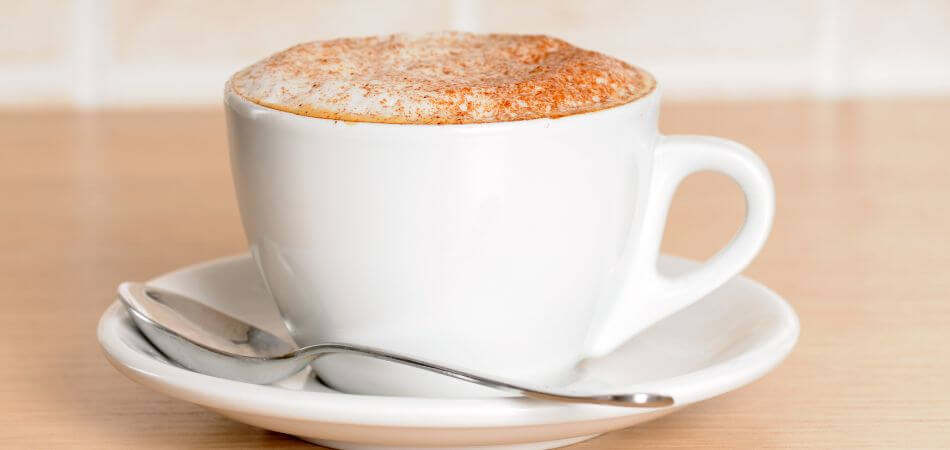
How to Make the Perfect Cappuccino at Home
Want to craft café-quality cappuccinos in your kitchen? Here’s exactly how baristas do it:
Essential Equipment
- Espresso machine (or strong coffee maker like a Moka pot)
- Milk frother (steam wand, electric frother, or French press)
- Thermometer (ideal milk temp: 150-155°F)
- Small cup (5-6 oz for authenticity)
Step-by-Step Recipe
- Brew the espresso
- Use 18-20g finely ground coffee for a double shot.
- Tamp firmly and extract for 25-30 seconds.
- Steam the milk
- Fill pitcher 1/3 full with cold whole milk.
- Position steam wand just below milk’s surface.
- Stretch milk for 3-5 sec (creating foam), then submerge wand to heat.
- Assemble the drink
- Pour espresso into cup.
- Swirl milk to mix foam, then pour from high to blend.
- Spoon remaining foam on top.
Pro Tip: Tap the pitcher on the counter to pop large bubbles before pouring!
Common Mistakes to Avoid
❌ Overheating milk (scalded milk tastes bitter)
❌ Weak espresso (ruins the drink’s balance)
❌ Skipping cup warming (cold cups cool drinks faster)
Cappuccino vs. Other Coffee Drinks: What’s the Difference?
New to espresso drinks? Here’s how cappuccinos compare:
| Drink | Espresso | Milk | Foam | Serving Size |
|---|---|---|---|---|
| Cappuccino | 1/3 | 1/3 | 1/3 | 5-6 oz |
| Latte | 1/3 | 2/3 | Thin layer | 8-12 oz |
| Flat White | 1/2 | 1/2 | Microfoam | 5-6 oz |
| Macchiato | 90% | 10% | None | 2-3 oz |
Key Distinctions:
- Cappuccino = Equal parts, frothy texture
- Latte = Milkier, smoother
- Flat White = Stronger espresso, velvety foam
- Macchiato = Espresso with just a “mark” of milk
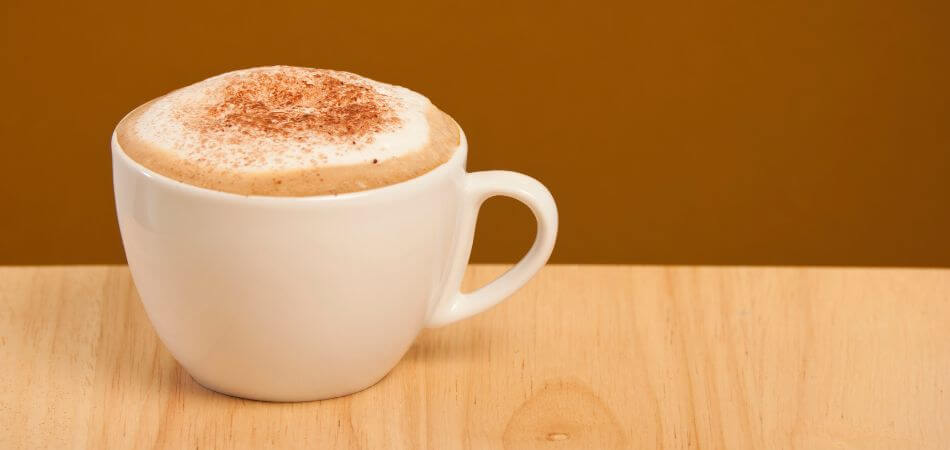
Global Cappuccino Traditions & Fun Variations
How the World Drinks Cappuccinos
🇮🇹 Italy
- Morning-only rule (never after 11am)
- Served in ceramic cups, no sprinkles
🇺🇸 United States
- Larger sizes (up to 16oz!)
- Flavored syrups (vanilla, caramel)
🇦🇺 Australia
- Stronger espresso base
- Often served with cocoa art
Creative Variations to Try
1. Iced Cappuccino
- Cold foam instead of steamed milk
- Perfect for summer
2. Flavored Cappuccino
- Add cinnamon, cocoa, or vanilla syrup
- Popular in U.S. coffee shops
3. Vegan Cappuccino
- Oat or almond milk foam
- Just as creamy when frothed well
When & How to Enjoy a Cappuccino Like a Pro
Best Times to Drink
☀ Morning (traditional Italian way)
🍰 With breakfast pastries (croissants, biscotti)
Etiquette Tips
- In Italy, never order after lunch
- Don’t stir – enjoy the layered experience
- Pair with something sweet to balance bitterness
Conclusion: Your Cappuccino Journey Starts Now
Now you know exactly what makes a cappuccino special! From its 17th-century origins to the perfect 1:1:1 ratio, this drink is all about balance.
Ready to try?
- Visit a local café and order a traditional cappuccino
- Or attempt making one at home!
FAQ’s
What is in a cappuccino vs latte?
A cappuccino has more foam and a stronger coffee flavor, while a latte has more steamed milk for a creamier taste. Both are made with espresso and milk!
Is a cappuccino stronger than a coffee?
A cappuccino has a bold espresso flavor but is milder than regular black coffee because of the added milk. If you want a stronger kick, go for black coffee!
What’s the point of a cappuccino?
A cappuccino is the perfect balance of rich espresso, velvety milk, and a touch of foam—great for a cozy, energizing treat!
What is a macchiato vs cappuccino?
A macchiato is an espresso with just a splash of milk, while a cappuccino has more steamed milk and a thick layer of foam, making it creamier.


